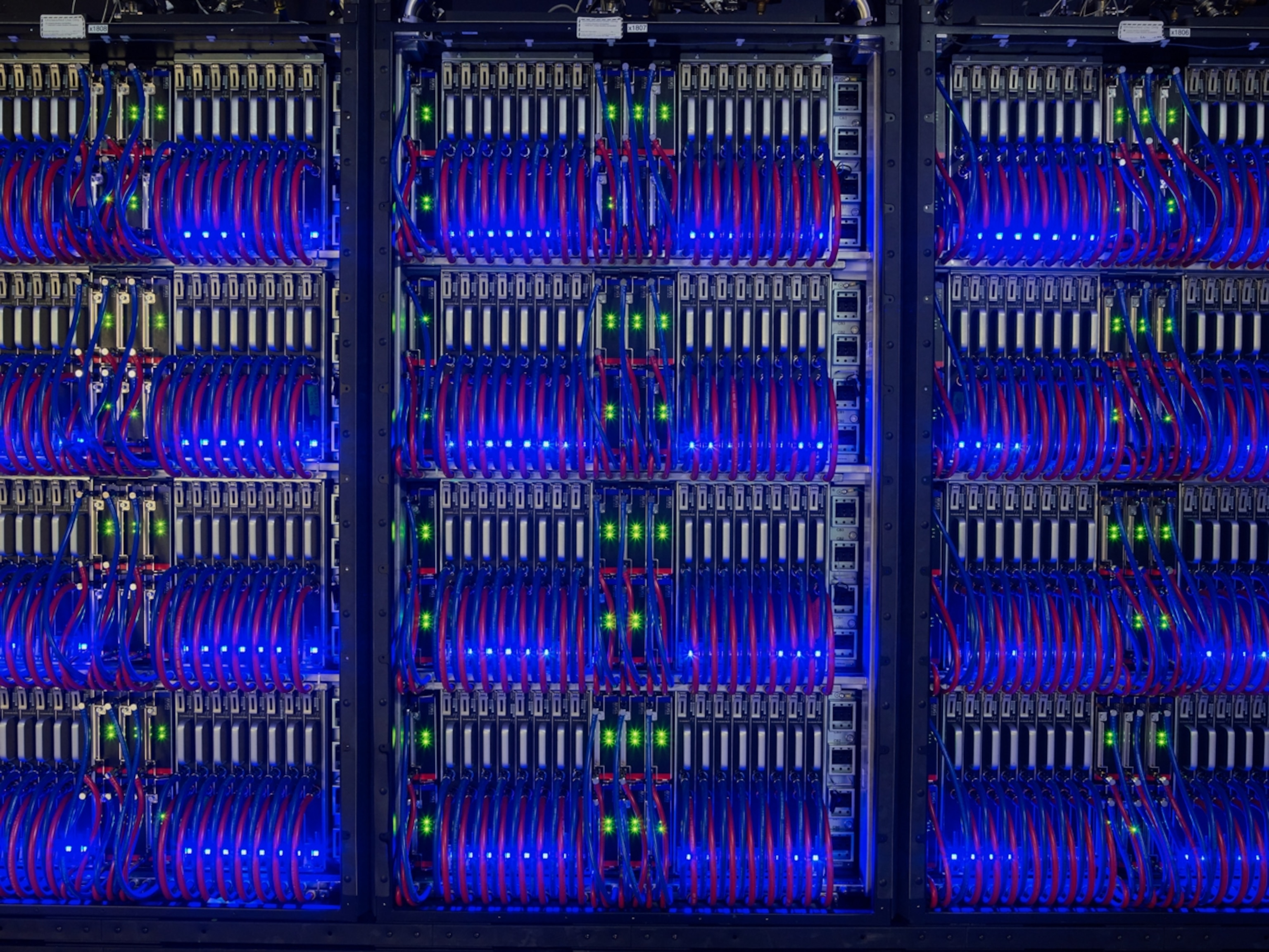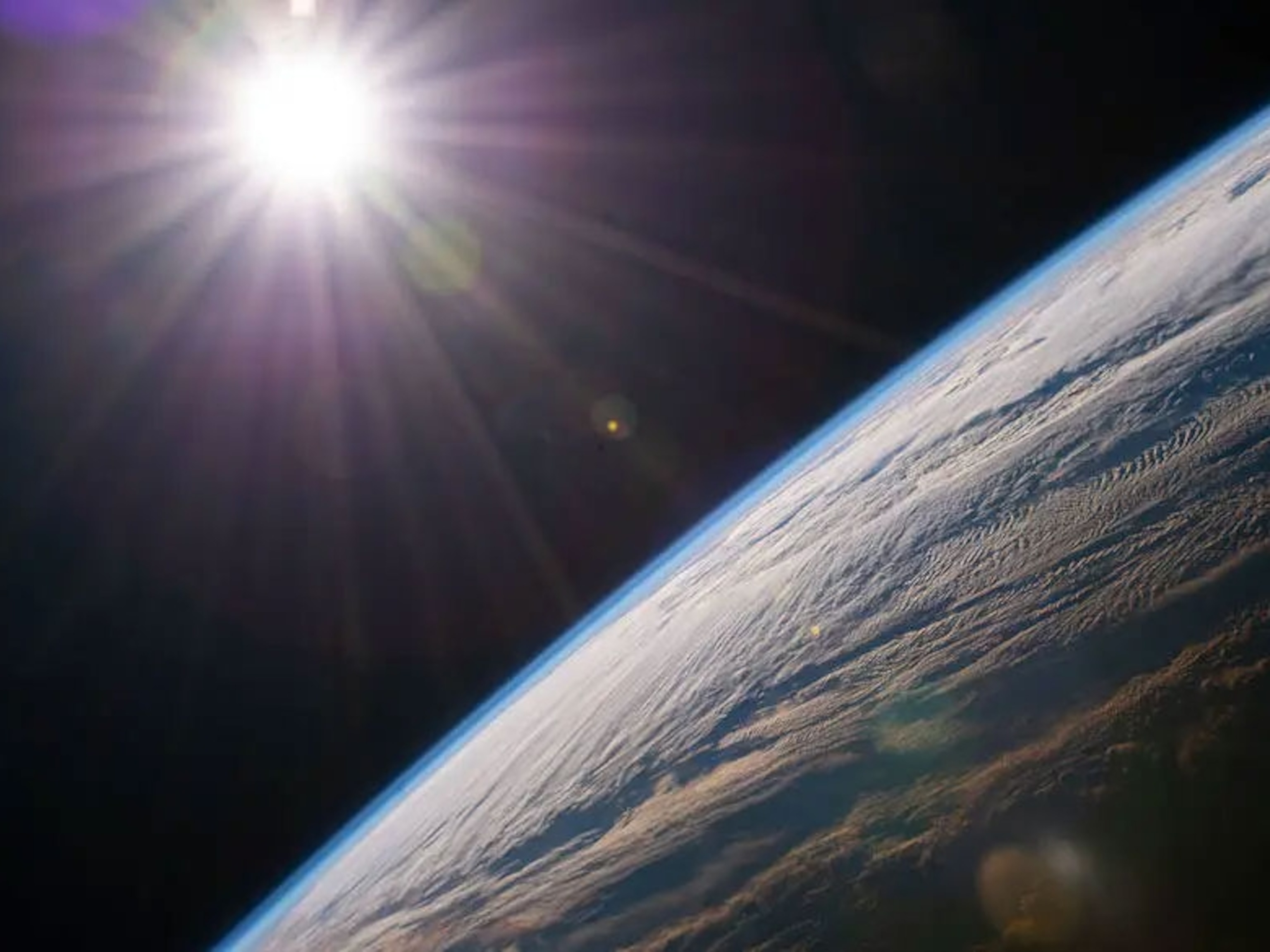Four key ideas to building a circular economy for plastics
Experts across sectors agree that we can create a more efficient system where materials are repeatedly reused.

If you're concerned about plastic ending up in the environment, then you may have heard about a possible solution: the circular economy. The concept envisions a closed loop for products like beverage containers and consumer packaging, where used materials are recovered and remade into new items again and again. But what would a circular economy really look like in practice, and what would it take to make it happen?
The American Beverage Association (ABA) virtually convened a group of experts recently to consider circular economy solutions. Environmental leaders, policymakers, and innovators joined ABA President and CEO Katherine Lugar, as well as sustainability leaders from The Coca-Cola Company, Keurig Dr Pepper, and PepsiCo. They discussed the role of plastic in consumer packaging, the future of manufacturing, and our recycling systems.
Event host Lilly Sedaghat, a National Geographic Explorer and multimedia storyteller, posed the central question: How can we dramatically change the way we use and collect plastic to reduce its footprint across industries?
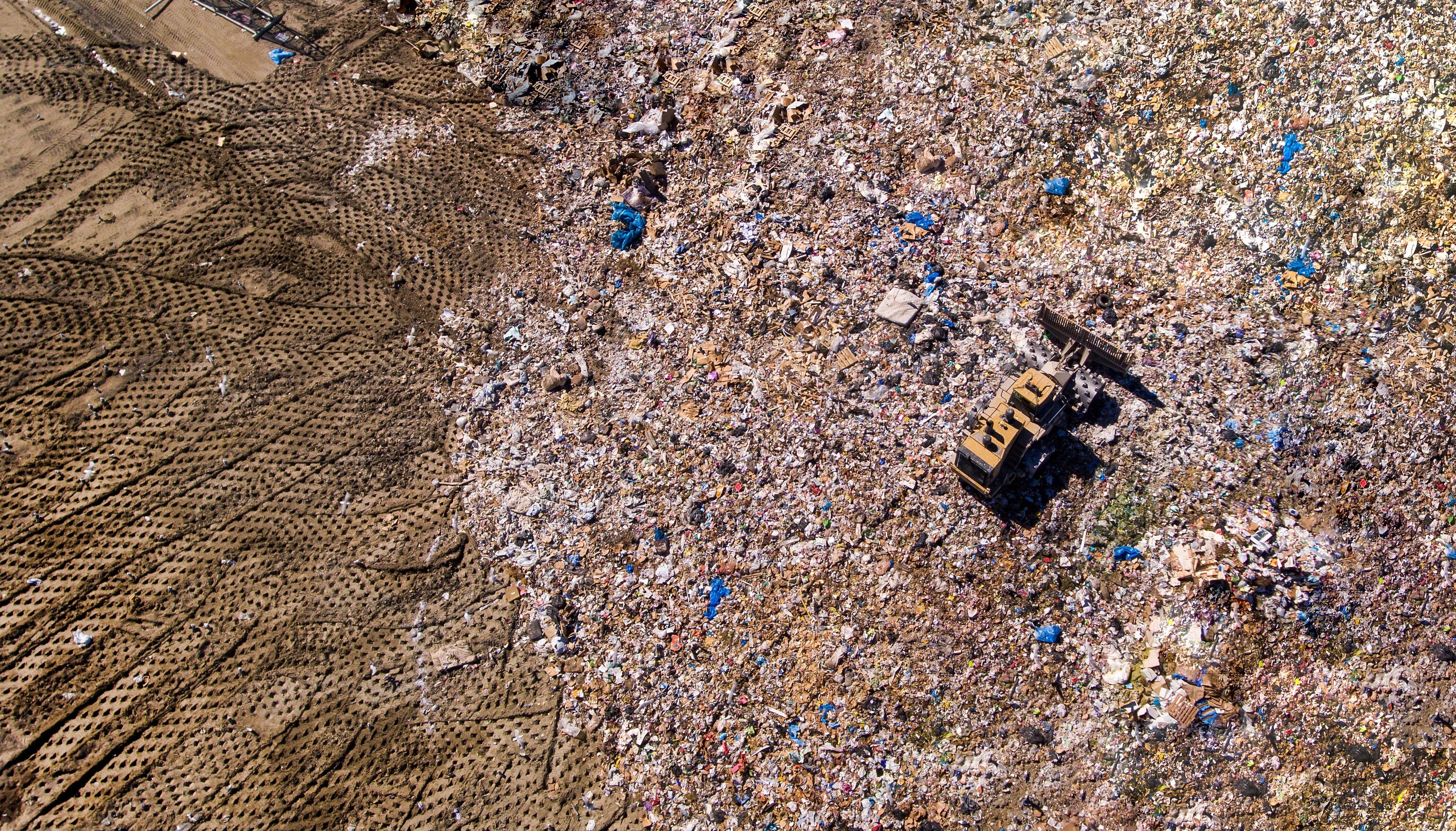
The question is an urgent one. Less than a third of bottles and jars made from polyethylene terephthalate (PET) are recycled in the United States. PET, especially food-grade PET, is a valuable, fully recyclable plastic that can be remade into a variety of consumer products ranging from plastic beverage bottles to playground equipment to clothes.
While the collection rate is higher in some countries, particularly some in Europe, other countries lack basic waste collection systems. Inevitably, what does not get properly managed escapes into ecosystems. An estimated 11 million metric tons of plastic ends up in oceans every year, a number that could triple by 2040 without serious action.
There is broad agreement among industry, environmental groups, and policymakers on specific actions that are needed now to reduce wasted plastic.
Reinventing packaging and sorting
A true circular economy starts with designing products to reduce the amount of material being used in the first place, as well as make their packaging fully recyclable so it can be turned into new products. America’s leading beverage companies are working toward this through both individual and industrywide sustainability commitments. They are using more recycled plastic in their beverage containers, and by making packaging leaner and lighter, the industry already has saved hundreds of millions of pounds of raw material. Next is to make sure plastic bottles that get used can be conveniently recycled—including the caps.
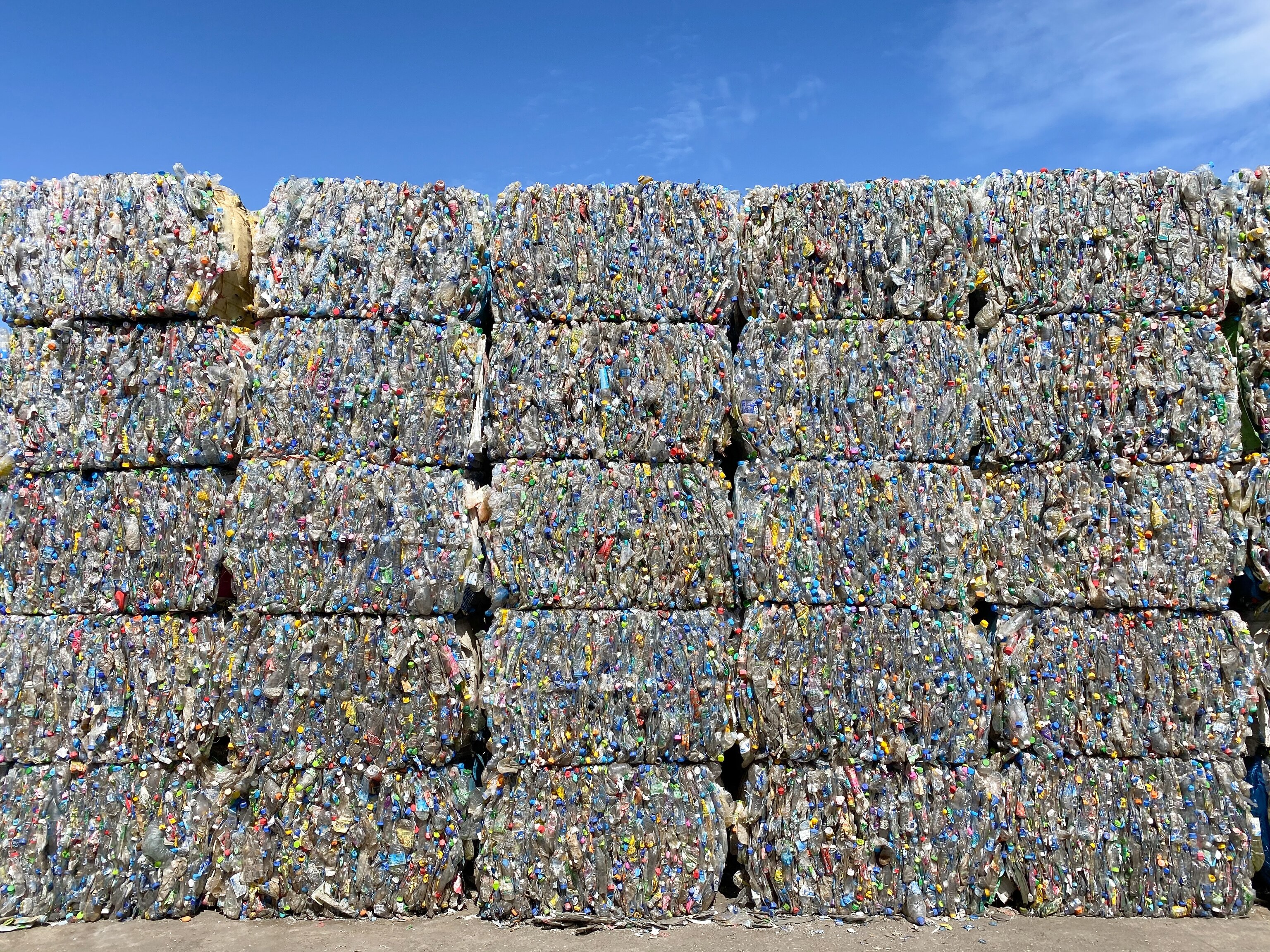
"The more we can design for our packages to be reused and remade into new packages, the more we create the conditions for that to happen effectively," said Alpa Sutaria—general manager, sustainability, North America, The Coca-Cola Company.
Other companies, such as AMP Robotics, are focused on innovation at the recycling end of the supply chain. AMP makes robots to automate the manual sorting of bottles, cans, paper, and other material. The company's systems are driven by artificial intelligence—smart computers that can identify and store data different types of materials, making the recycling process more efficient.
"Our goal is to increase both the quantity and quality of recycled content that's available," said Matanya Horowitz, AMP's founder and CEO.
Informed consumers
Building a circular economy involves a wide range of players: companies, governments, nonprofit groups—and you. Everyone can support smarter plastic use, to start, by knowing what's recyclable and where recycling happens. The reasons are many, noted Ron Gonen, CEO of Closed Loop Partners.
"Yes, recycling is really good for the environment," Gonen said. "It's also a major creator of jobs in America. It's also a major base of tax revenue for local communities. It's an amazing way to reduce the tax burden of sending all of this stuff to landfill."
You can also choose products made with recycled materials and ask for more of them. The more people make recycled materials a part of their purchasing decisions, the more incentive companies will have to incorporate them.
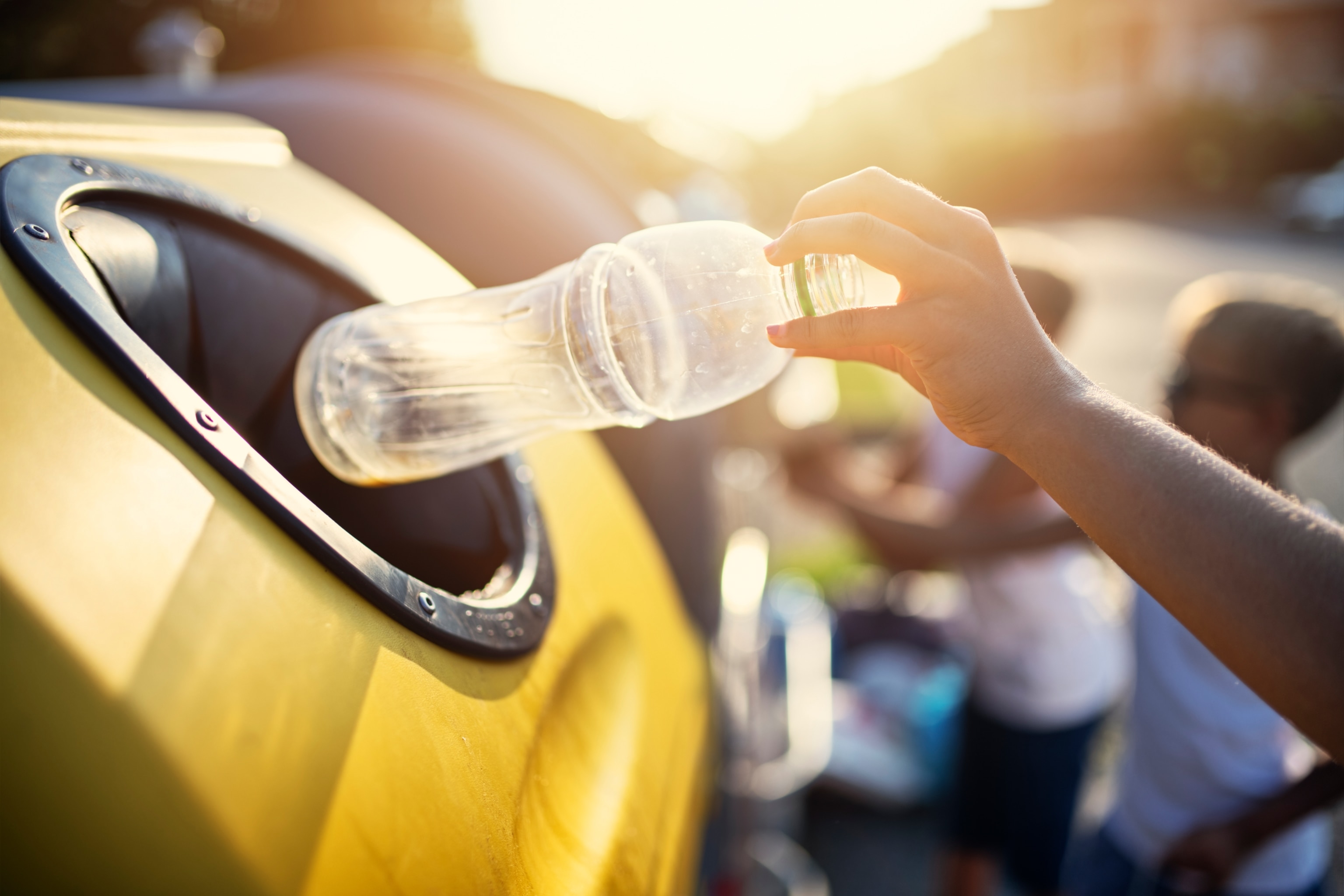
“If we don't have people recycling—not just more, but better, from a quality point of view—then we're not going to have that input into the system that we really need,” said Monique Oxender, chief sustainability officer at Keurig Dr Pepper.
That demand makes a difference, added Andrew Aulisi, vice president of global environmental policy at PepsiCo. “The Achilles heel of recycling systems has always been the economics,” he said. “[But] if there's a really strong end market that's willing to pay a solid price for the material, recycling can work.”
Policies to drive change
Experts agree that policy has a huge role to play in accelerating a circular economy. Extended producer responsibility—the idea of requiring companies to manage end-of-life processing for the products they make while making it easy for consumers to recycle—is jointly supported by ABA and the World Wildlife Fund (WWF).
“It's imperative in addressing both the climate crisis and the plastic pollution crisis that we work towards source reduction, better reuse policies—and recycling will be an important tool," said Representative Alan Lowenthal of California. "We must dramatically and systemically change how we approach waste recycling in this country.”
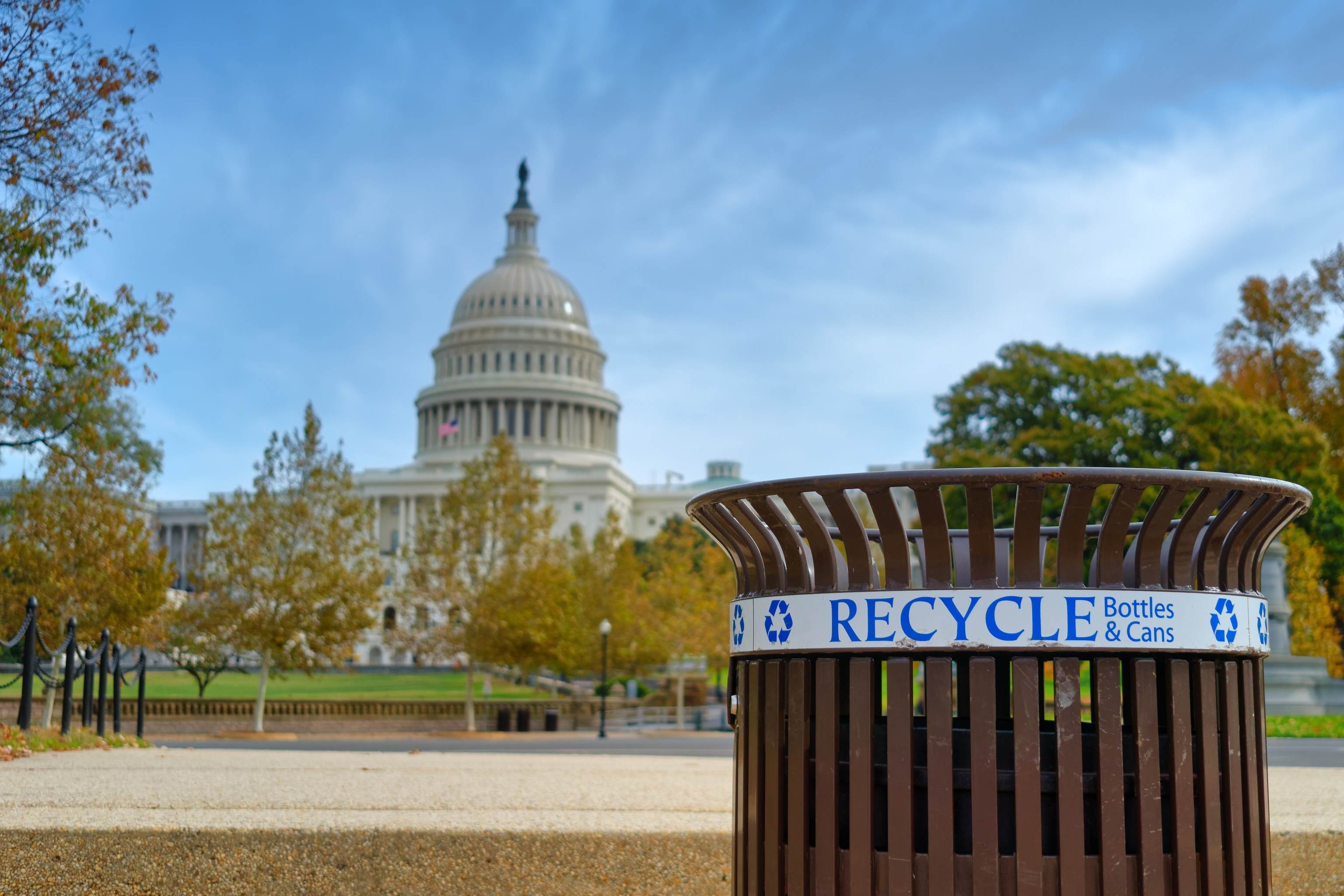
With Senator Jeff Merkley of Oregon, Lowenthal has introduced the Break Free From Plastic Pollution Act of 2021, which would mandate more recycled content in drink containers.
Companies can be leading the way and innovating, but that alone is not enough, said Chris Adamo, vice president of government affairs, policy, and partnerships at Danone North America. “We don't have the time to wait for the entire market to turn based on a few market leaders," Adamo said. "We need policy to be the backbone and glue."
Collaboration across sectors
A circular economy needs partnerships within industries and beyond. That became clear as the ABA began discussions with the environmental group World Wildlife Fund (WWF) on how the beverage industry could reduce its plastic footprint.
"We realized we can't get there without collaboration among the private sector, the environmental [non-governmental organization] community and government," Lugar said.
As part of its Every Bottle Back initiative, the ABA is working with WWF and two other environmental nonprofits, The Recycling Partnership and Closed Loop Partners. As the name implies, Every Bottle Back aims to ensure the beverage industry's fully recyclable plastic bottles are recovered so they can be remade into new bottles.
The initiative has committed $100 million to support community recycling efforts. In locations including Dallas-Ft. Worth, Texas, Baltimore, and Clyde, Ohio, the ABA is investing in local recycling capacity by upgrading collection and processing facilities, for example, and providing recycling bins. To date, Every Bottle Back’s community recycling projects are projected to yield more than 600 million new pounds of recycled PET over 10 years.
We think the private sector is really fundamental in working together with government, working together with consumers—working across the whole system.
Sheila Bonini, Senior VP of Private Sector Engagement, WWF
To encourage action and transparency, WWF started ReSource: Plastic, where member companies have committed to measuring their plastic footprint and focusing on the most effective activities for reducing it. American Beverage Association is an Implementation Partner to ReSource, which entails aligning measurement methods and programmatic expertise to measure its plastic footprint reduction as part of its Every Bottle Back initiative.
Starting ReSource: Plastic “was about setting ambitious plastic commitments and having measurable change, both within their business operations but as well as beyond,” Bonini said of the member companies. “So—not just their own footprint, but how do they change the system?”
ReSource: Plastic has developed a footprint tracker that is being used to measure progress in the U.S. Plastics Pact, a consortium comprised of more than 100 businesses and organizations that has set targets for plastic waste reduction, including a goal to recycle or compost 50 percent of plastic packaging by 2025.
"One of the benefits of working for global companies has been that we've been able to study how systems work – and don’t work – around the world for decades," Lugar said. “We know there may not be a one size fits all solution to advancing a circular economy for plastics – but we must be open to having tough conversations and embracing innovative and forward-looking solutions to get there with scale and speed. And there is no question that we will get farther faster working together: the private sector, NGOs and governments at all levels.”





